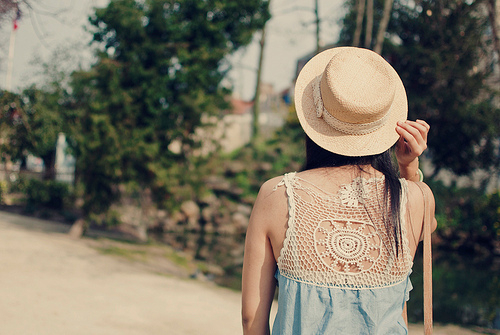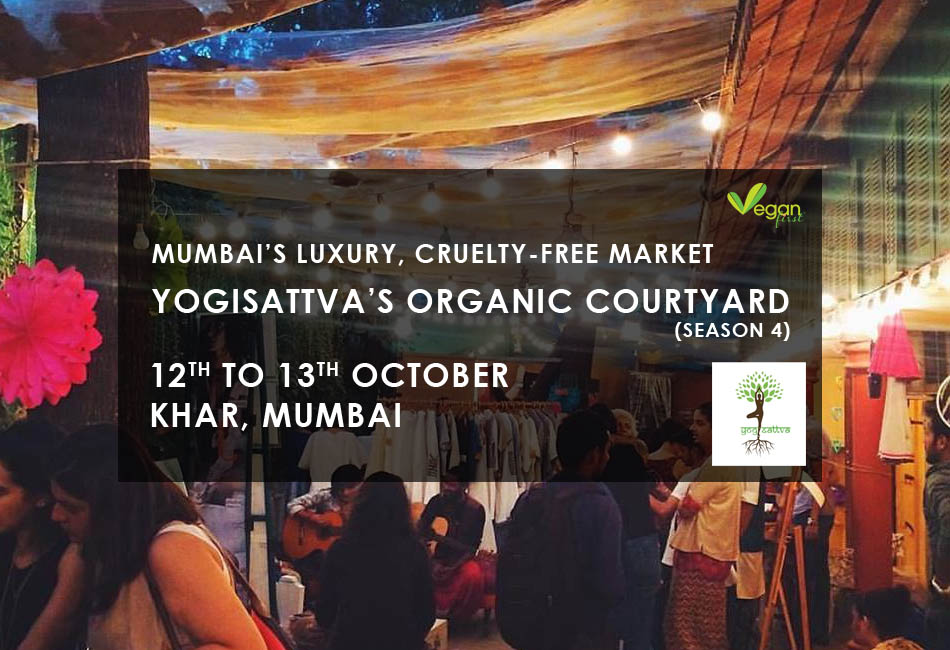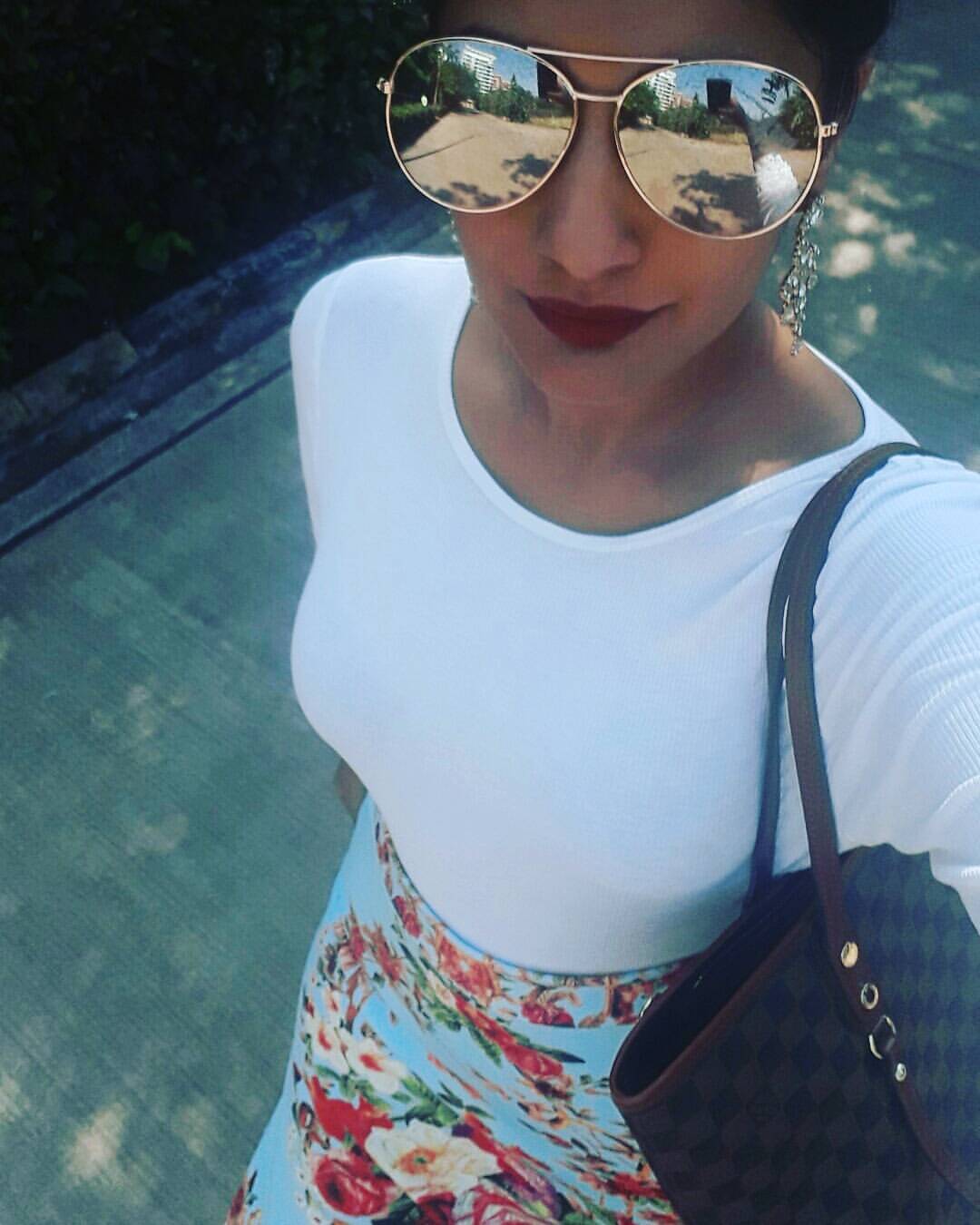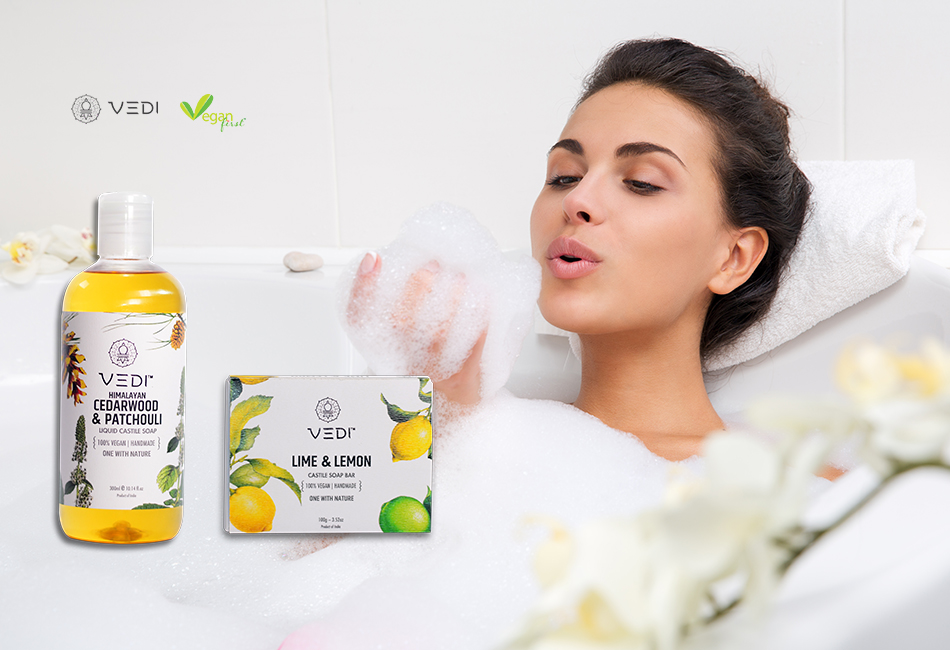Download Free Vegan Starter Kit -
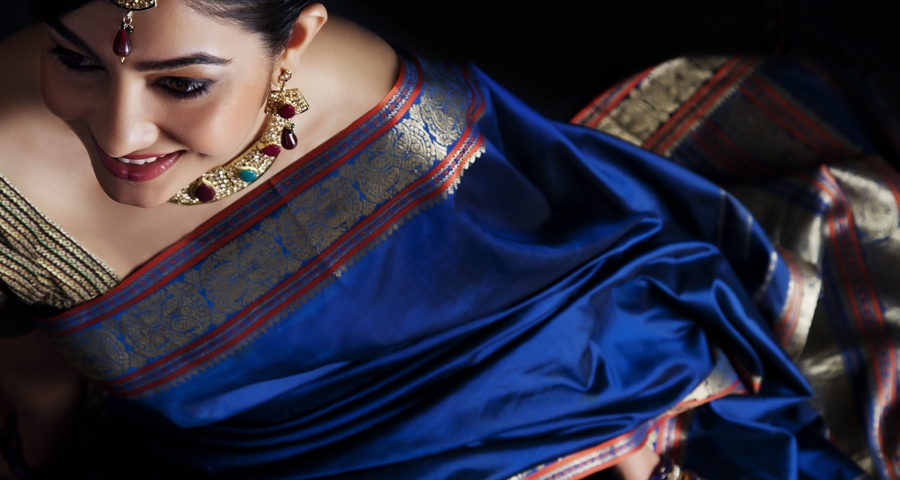
Why Not To Wear Brocade Sarees
Whether it’s a wedding or a festive party, our favourite outfits tend to be traditional Indian wear. We love a beautifully draped saree that can be worn at any occasion. However, most ethnic wear is either partly or completely made from silk. The famous Banaras Saree is iconic and coveted by women regardless of whether or not they wear sarees on a regular basis. We have to ask though, at what cost does fashion come before animal cruelty. Our answer is simple, nothing is more important than cruelty-free products. Luckily, there are great options available in the market and finding a fake silk Banaras Saree is just as good as the real one; in fact probably better!
The global community of conscious users, designers and manufacturers are exploring them successfully. From plant-based blends of fabric like soy, agave and bamboo to manmade materials, we have a whole lot of options to choose from. Silk as a fabric is one that has ancient, economic and social significance. However, as with everything that is old, progress is inevitable. As we rightly move towards more sustainable, aware and conscious lifestyles, choosing the correct products as a consumer is quintessential to achieve that harmony with nature and our own kinder selves. There is an urgent need to be more compassionate and mindful towards animals and nature.
Silk comes at its own heavy price. It is cruel, environmentally unsustainable and it ‘claims’ to make a style and/or status statement (which in reality is pure vanity) at the cost of the lives of so many beautiful little lives that would, ironically, never metamorphosized into beautiful moths or butterflies.
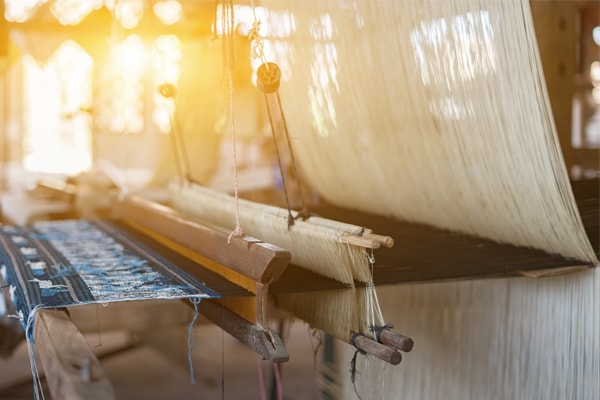
A 6 yards piece of silk fabric can require up to or more than 50,000 silkworms to be killed by boiling them or gassing them alive. As an animal product, the end to end process of production has more carbon footprint than locally produced, natural fabrics. It is expensive, needs special care, stains with water, yellows with age and is weakened by perspiration, sun, soap plus it’s also prone to attacks by insects like silverfish
Alternatives to silk that have a much lower burden on our pockets, maintenance, the environment and most importantly our conscience have been around for a while now. We have long developed processes to make and enjoy the same silk like qualities out of fabrics made from plants that are blended with other natural or manmade material/s and that do not have the disadvantages of traditional silk.
Read on to find out which are the best silk alternatives, what they look and feel like, how they can be used and which of these are genuinely sustainable and cruelty-free.
First let’s bust the myth of ahimsa/peace/khadi silk
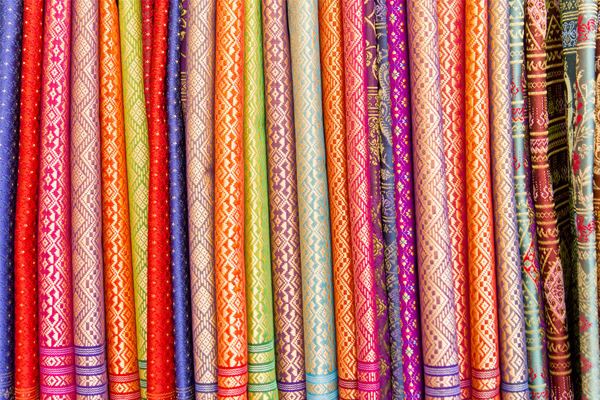
There is no such thing as humane silk. Sold under the garb of ahimsa/peace/khadi silk, this type of silk still involves quite a lot of exploitation especially of male caterpillars which are stored in refrigerators and used for the sole purpose of breeding, only taken out a couple of times before being discarded to die. Females are ground up live for testing and if found diseased all their eggs are destroyed too. Due to the industrial and profit-driven nature of this business, these lives are used for commercial purposes at the end of the day. Poor care and inbreeding cause many deformities and sickness in the caterpillars and moths. So it’s best to stay away from these so claimed peace/khadi silks.
Thankfully, we still have many other types of fabrics and blends that work as great silk alternatives:
1. Bamboo Cotton Silk
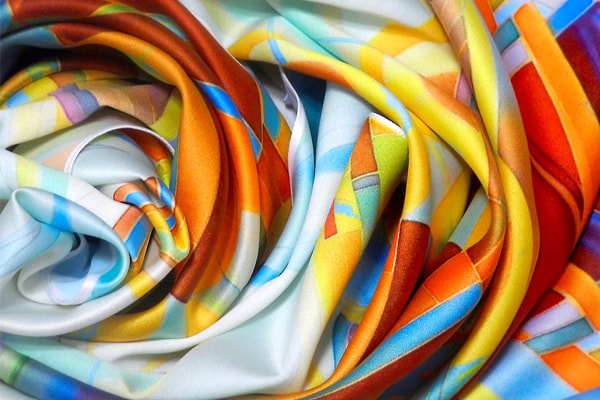
Bamboo silk is extracted and processed using bamboo stalks. When spun into yarn using specific techniques, it can even be softer than silk! Bamboo silk fibers can also be mixed with other fabrics like rayon etc., for a different texture. Its production is cheaper and more environmentally sustainable. This fabric is thermal regulating, moisture balancing, breathable and also naturally anti-bacterial
2. Art silk or Artificial Silk
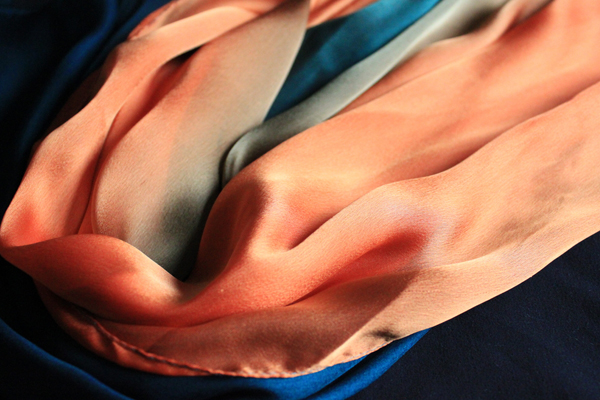
Made from rayon, nylon, bamboo viscose or other polyester and man-made material blends, it looks and feels as grand as animal-derived silk. The same texture, drape and qualities of traditional silk are retained.
3. Viscose Rayon
-min.jpg)
Viscose, also known as viscose rayon, is an organic eco-friendly textile made from regenerated cellulose fibre. When blended with especially rayon or even other man-made materials, it becomes a great alternative to silk in terms of shine, feel and softness of fabric.
4. Mercerized Cotton and/or Poly-Cotton
.jpg)
Mercerization of cotton or cotton blended with other art/polyester materials adds lustre, colour, strength, smoothness, resistance to the fabric and also reduces lint. They work as good substitutes for a silk-like feel and sheen.
5. Polyester fabrics
-min.jpg)
Other artificial fabrics like satin, nylon blends look like silk particularly in deep colors and ethnic prints. They are cheap, durable alternatives to silk that drape well and have that shine too.
Many International designers like Real Fake by Twins Abigail and Lavinia Bakker, Rombaut in Paris have successfully used these fabrics and Indian designers too, have started to follow suit.
Try and use these alternatives in your wardrobe and homes to support these eco-friendly, conscious alternatives to traditional, unsustainable animal derived silk.
Like article like this?
Read: How to Survive being a Vegan, it's not that Difficult
Read More: Q&A Why is silk a reason for concern with vegans?
AUTHOR

trending
Be a Vegan First Informer
Send us buzzworthy news and updates
Explore
Contact Us
About Us
Stay Connected
Copyright ⓒ 2017-2023. VEGAN PASSION PRIVATE LIMITED. All Rights reserved.
For more information, please write to hello@veganfirst.com
Registered Office Address: 55, 2nd floor, lane 2, Westend Marg, Saidullajab, Near Saket Metro Station, New Delhi, Gadaipur, New Delhi South West Delhi, DL

.png)
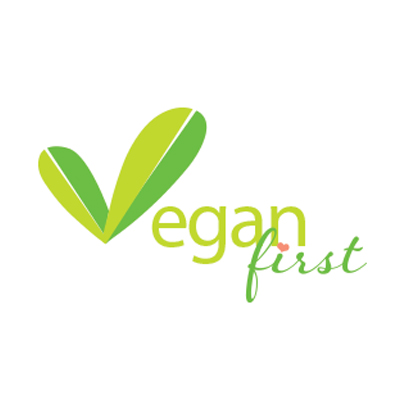
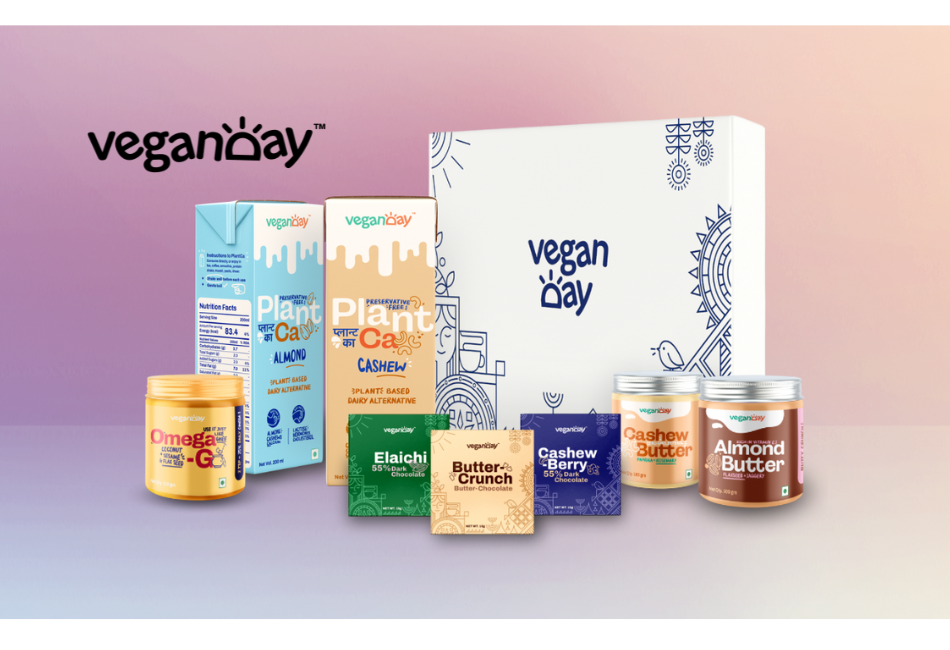
.png)
.png)
.png)
.png)
.png)
.png)


